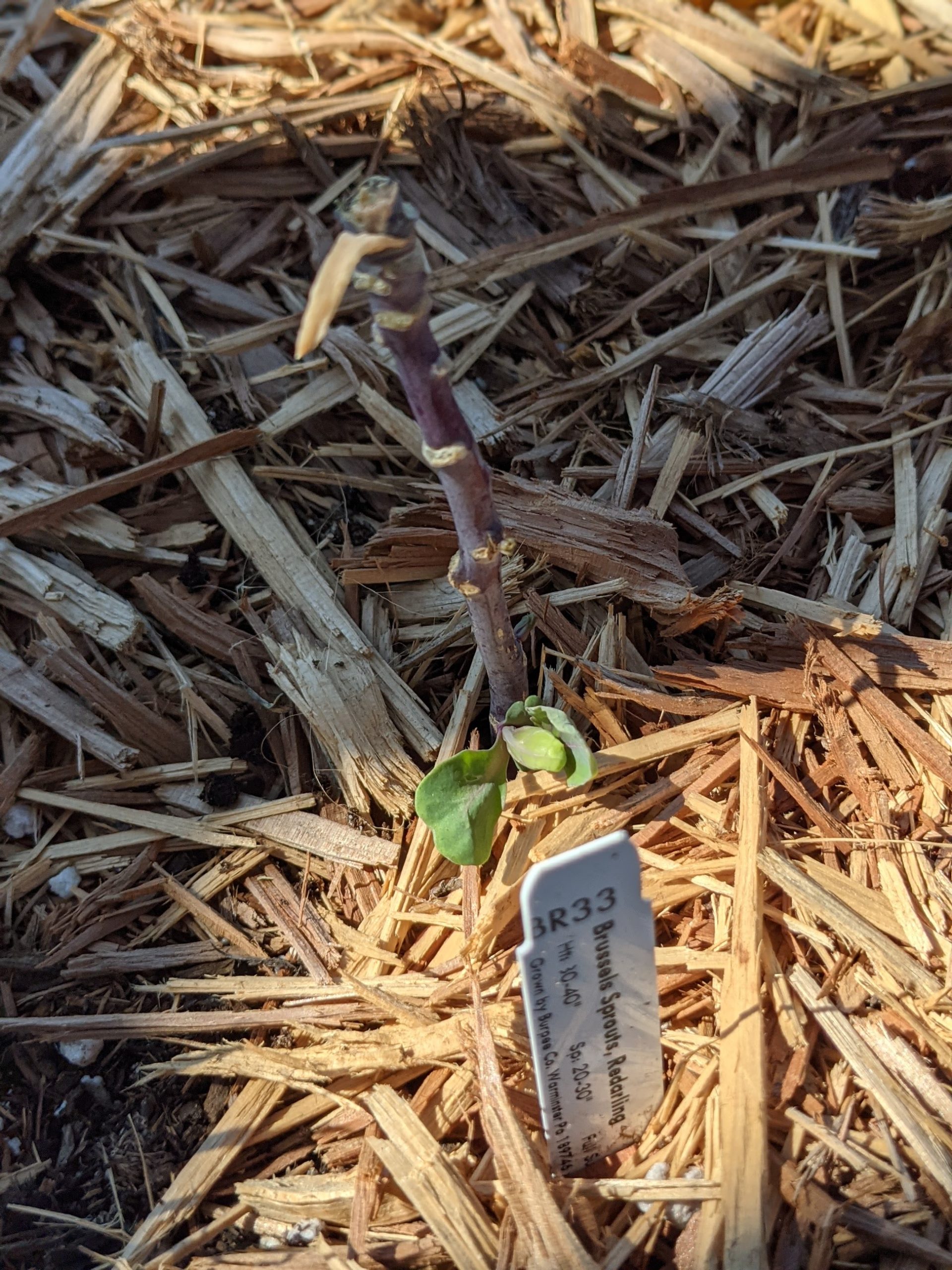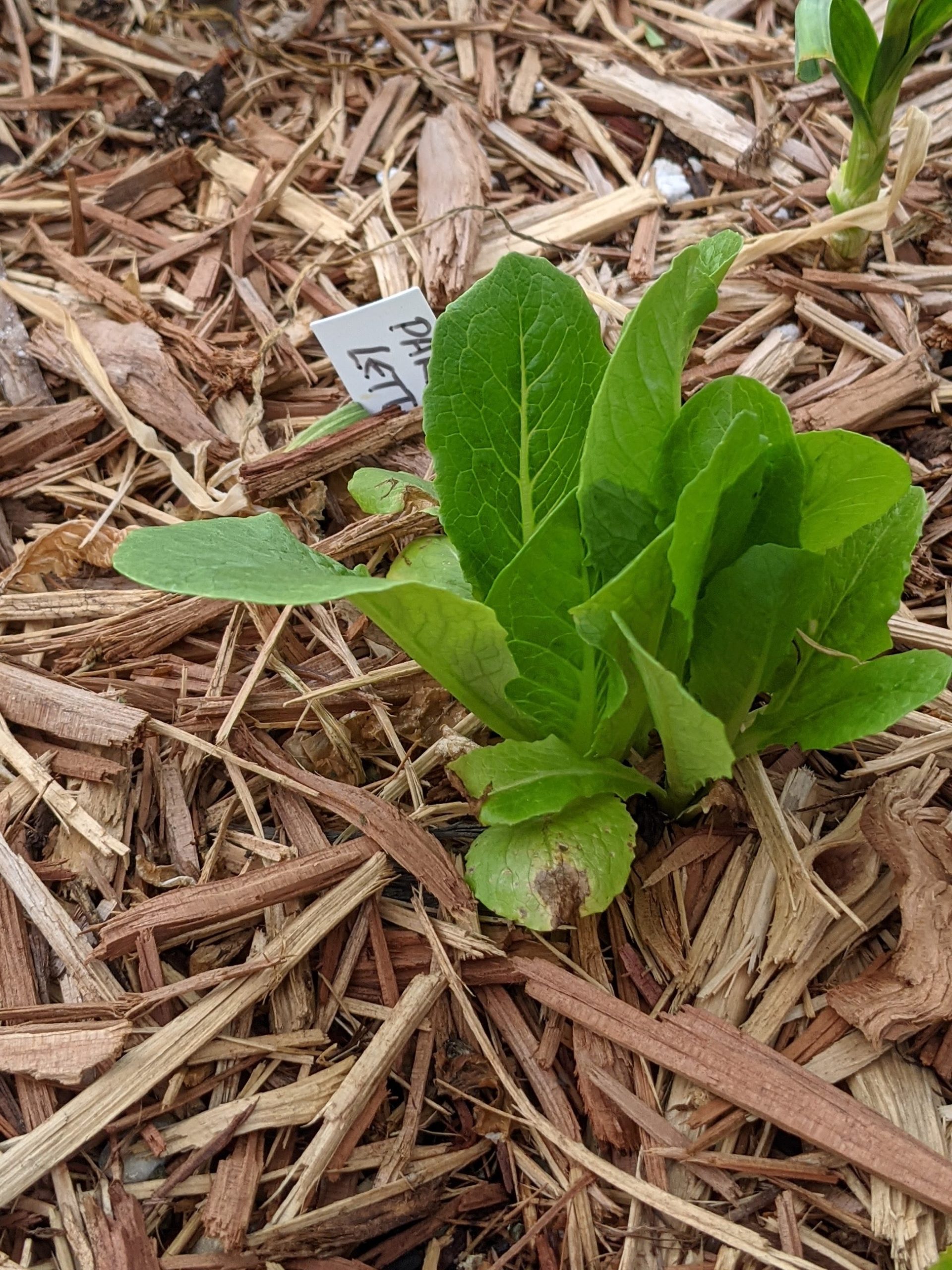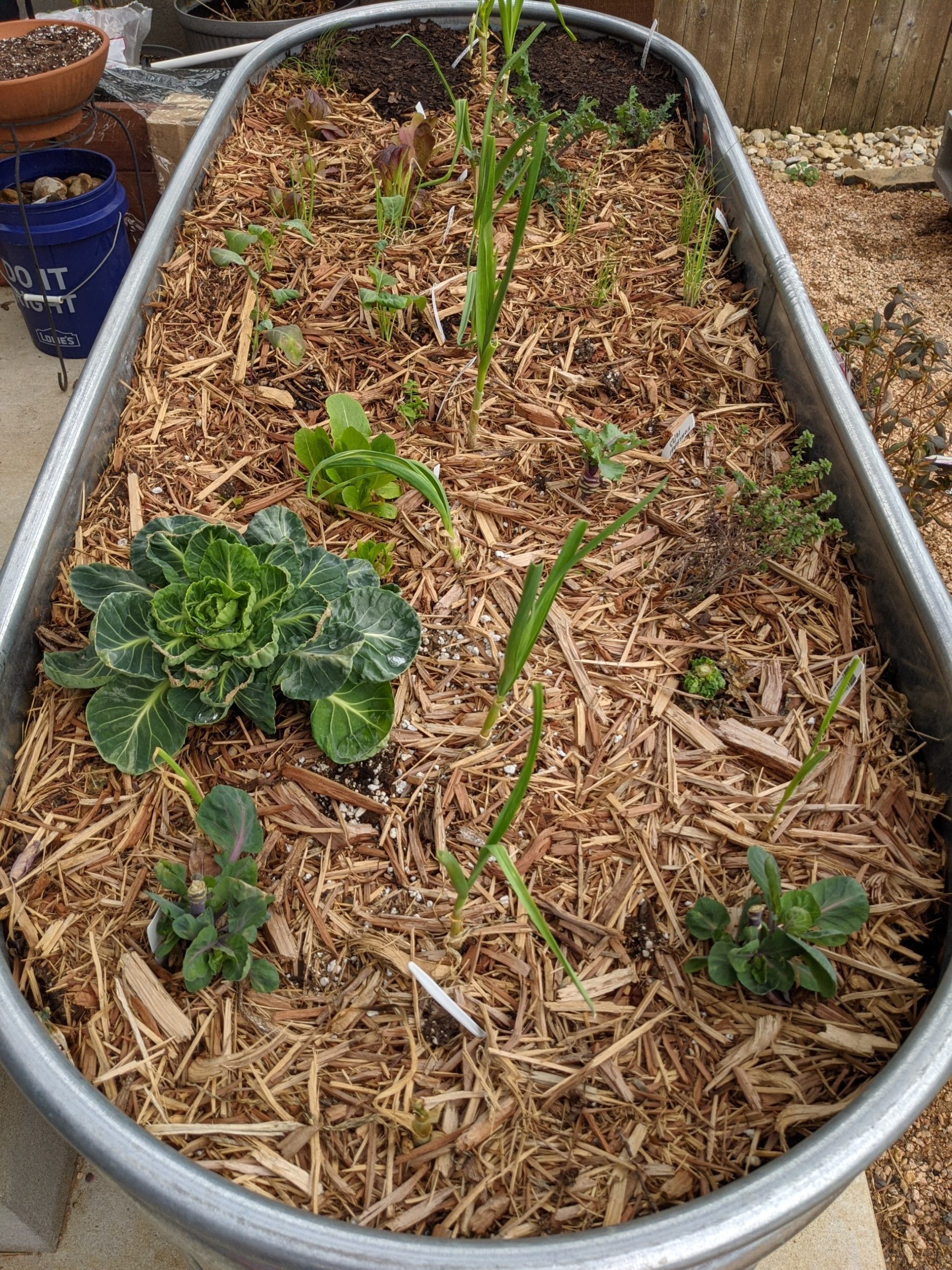I aggressively sprayed the backyard with vinegar solution yesterday. This morning’s review of the backyard beds reveals the hideous consequences of vinegar overspraying on plant foliage. I believe that because this corner bed in particular was down at the bottom of the slope from where I began spraying, it incurred a lot of foliar damage.



Unfortunately this bed is host to new-to-my-garden plants such as Butterfly Gold buddleia, purple coneflower and salvia blepharophylla. Bronze fennel, blackfoot daisies, Nepeta Picture Purrfect, salvia reptans, Mountain Mint (Pycnanthemum muticum), agastache and Mexican tarragon also bore the brunt of the damage
It seems most of the damage is concentrated on the south end of the yard. It may be that winds of 10-15mph swept towards the south side of the yard, carrying the 20% vinegar solution with it.
Most other beds including my raised grow bag garden appear spared most of the damage.




















